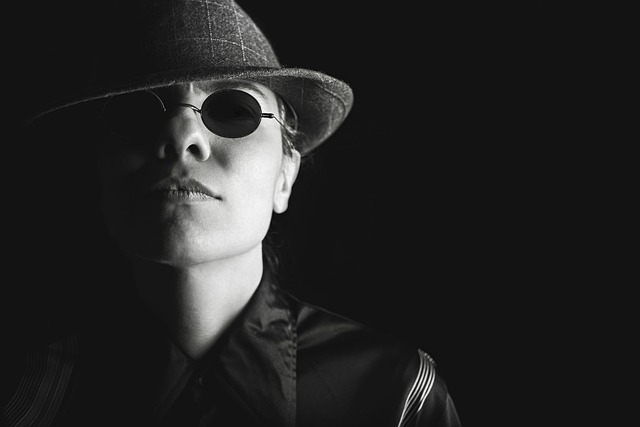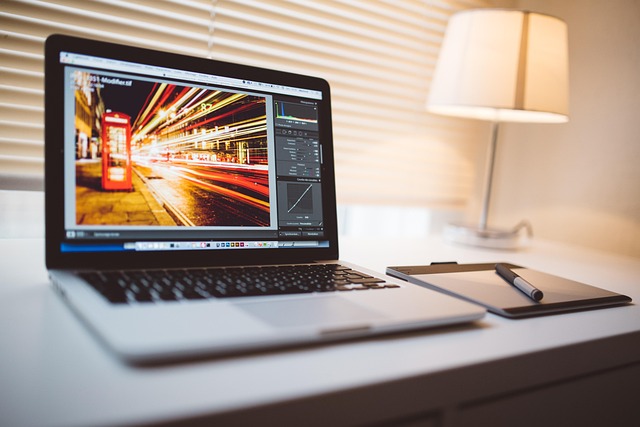In recent years, the intersection of technology and crime scene investigation has captivated audiences both on-screen and in real life. With the help of advanced display technology and high-resolution TV monitors, forensic teams are now able to visualize crime scenes in ways that were once unimaginable. This transformation not only aids in the gathering of evidence but also serves to enhance communication among investigators, ultimately expediting the path to justice.
The traditional methods of documenting crime scenes have evolved significantly. Gone are the days of merely taking photographs and handwritten notes. Today’s forensic experts leverage sophisticated display technologies to create intricate visualizations that can depict everything from bullet trajectories to complex patterns of blood spatter. These visual aids are integral for both the analysis and presentation of evidence in court settings.
High-quality TV monitors play a crucial role in this process. They allow forensic investigators to present their findings in a clear, engaging manner, helping juries and judges visualize the narrative of the crime. The vibrant displays ensure that every minute detail is captured, leaving little room for doubt. This visualization capability transforms seemingly abstract evidence into compelling visual stories that inform and persuade.
Technological advancements have also enabled real-time collaborations among crime scene experts. Utilizing cloud-based systems, forensic teams can stream live footage directly from the crime scene to colleagues in different locations. This ability to visualize and analyze data as it comes in is revolutionary; it allows teams to make informed decisions on the fly, maximizing the efficiency of investigations and ensuring that vital evidence isn’t overlooked.
Moreover, solutions such as 3D imaging and augmented reality are being integrated into forensic science. With these tools, investigators can recreate crime scenes with astonishing accuracy, allowing them to walk through and examine scenarios from various angles and perspectives. This level of visualization not only improves understanding but also fosters a deeper emotional connection to the events that transpired, making the case more relatable to all involved.
As display technology continues to advance, we can anticipate even more exciting developments in both crime scene analysis and investigation techniques. The ability to visualize crime through high-definition images and interactive displays will enhance both training for new investigators and the investigative processes themselves. As a society, we can be hopeful that these innovations will lead to fairer and more timely resolutions to criminal cases.
In a world increasingly driven by digital advancements, the integration of display technology in forensic science is a testament to how far we’ve come. Crime, once a grim narrative, is being illuminated through the power of visualization, allowing justice to be served with clarity and precision.




